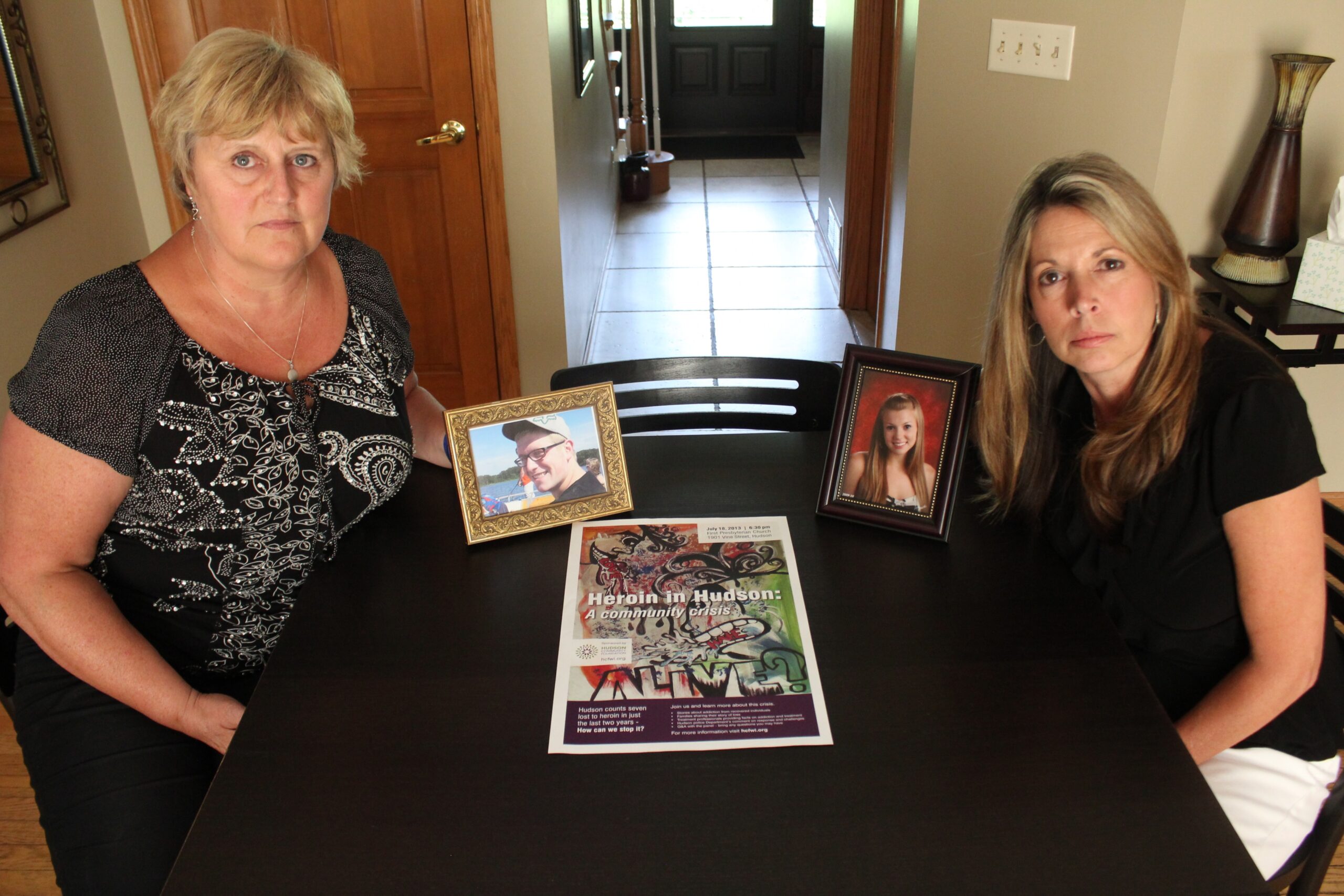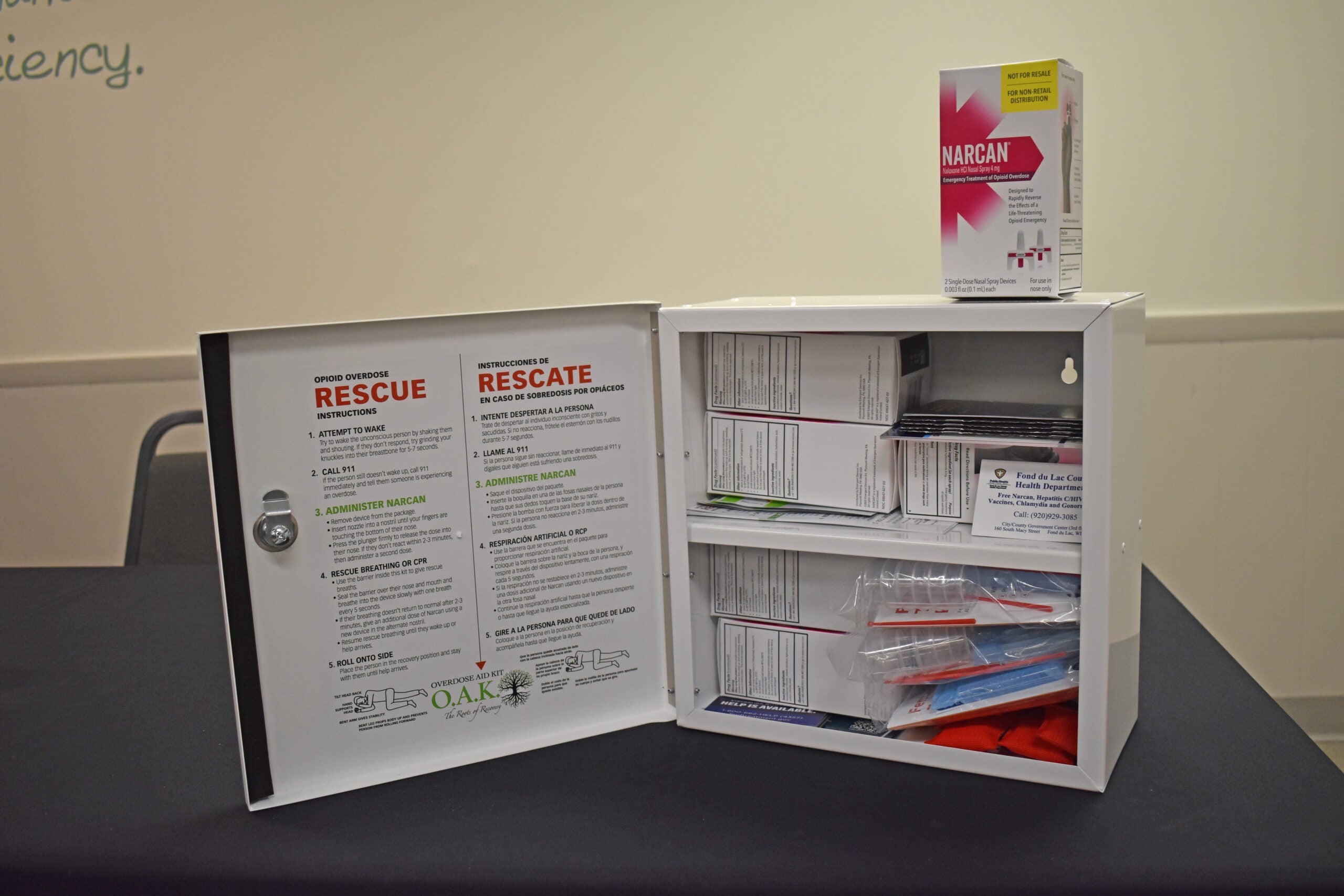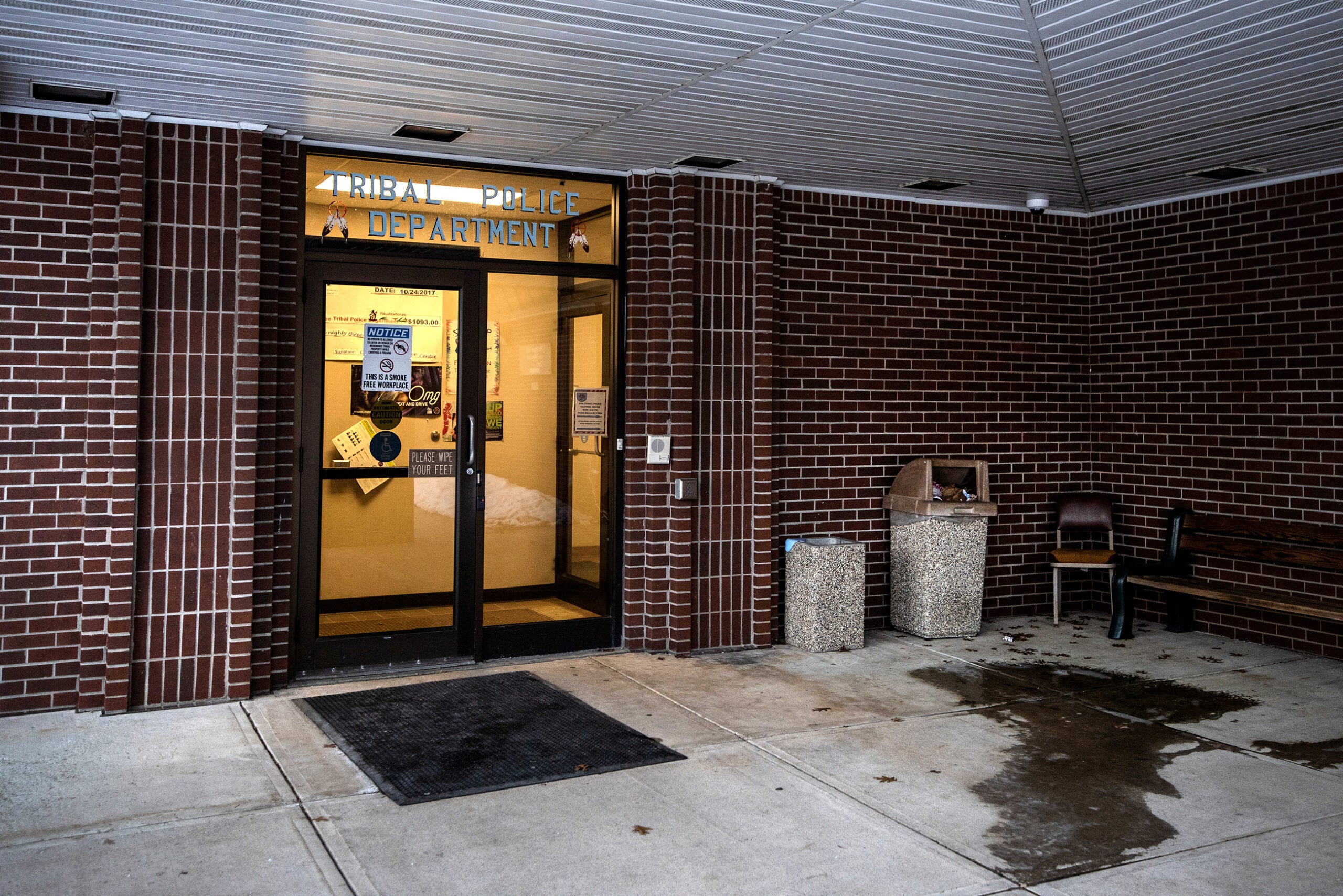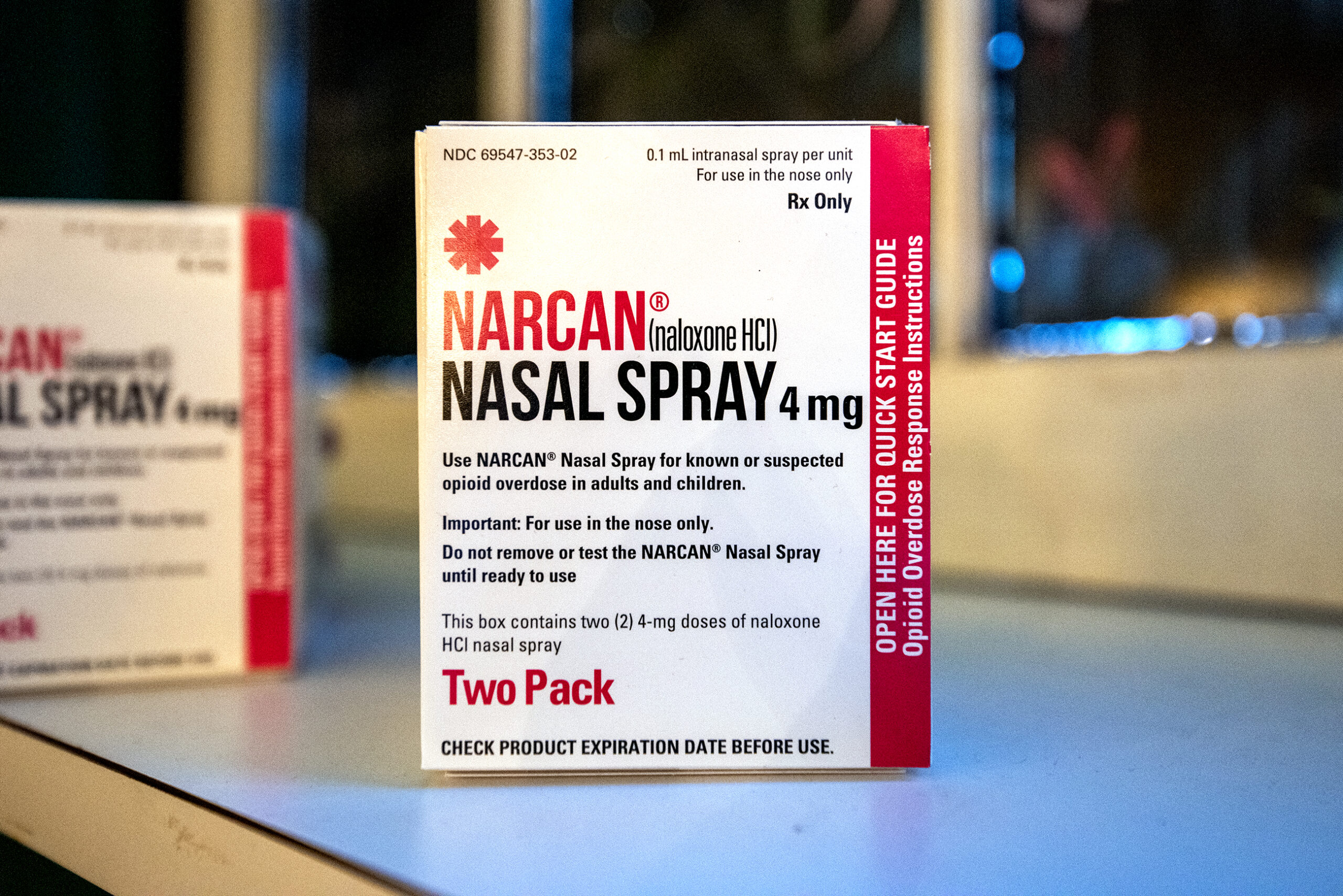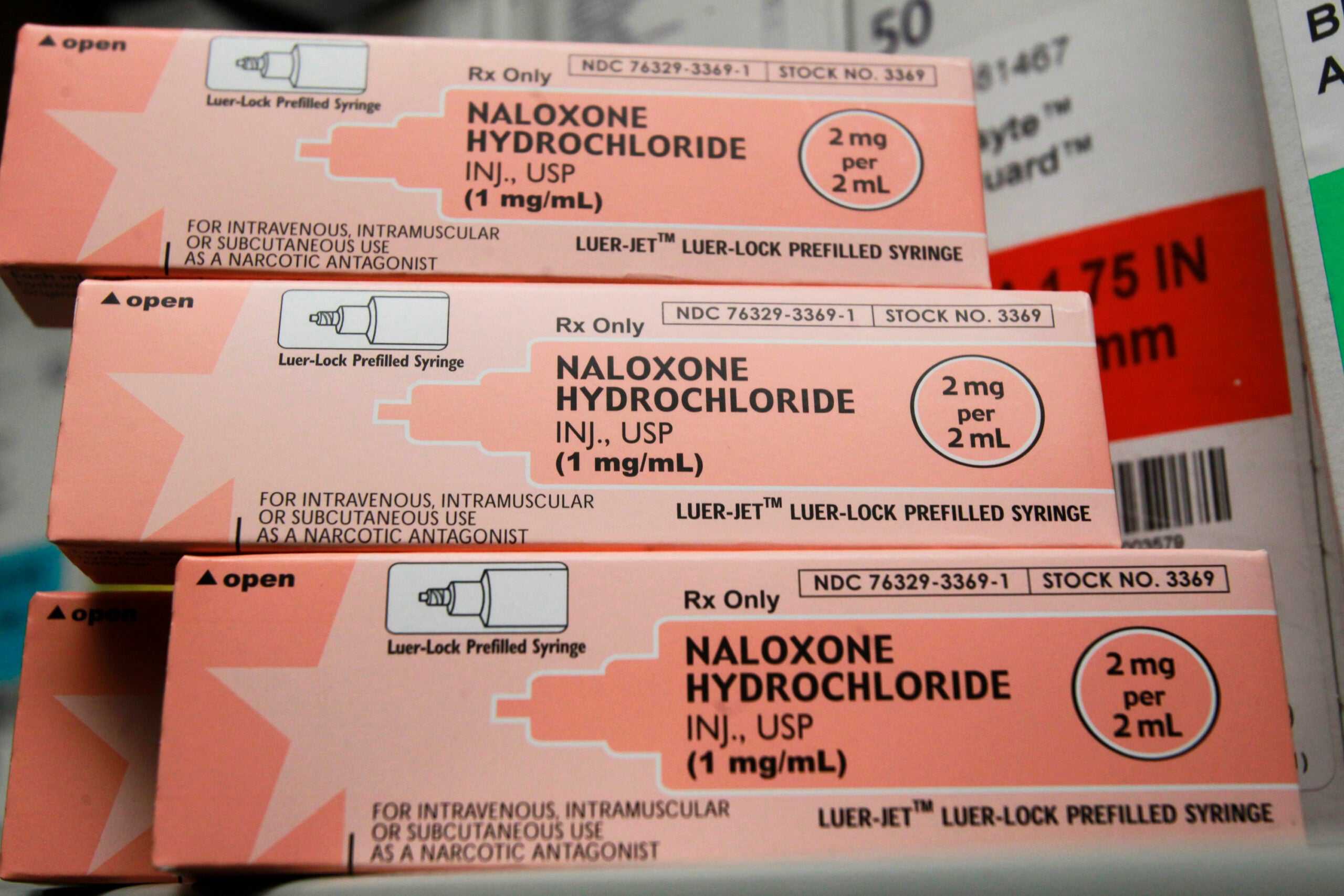A dangerous drug once thought to be relegated to the back alleys of Milwaukee or Chicago is re-emerging as a serious problem for Wisconsin.
Heroin had largely fallen off the radar screen for many law enforcement agencies, but now it’scoming back strong and spreading into smaller communities and rural parts of the state.
In Hudson, the bedroom of Karen Hale’s daughter Alysa Ivy remains frozen in time.
Stay informed on the latest news
Sign up for WPR’s email newsletter.
It’s where she struggled with heroin addiction.
Ivy died from an overdose at a nearby hotel in May, at the age of 21. Hale says she and her daughter put everything they had into fighting the addiction but it wasn’t enough.
“Unfortunately, I lost in this battle and the heroin won out and I hate it for that, I hate the pain and I still keep waiting for her to come home but I know she’s not ever coming home,” she says.
In the last two years, seven people have died from an overdose of heroin in Hudson alone. According to the latest data, 134 people died the same way across the state in 2011.In 2007, 38 people died.
Department of Criminal Investigation Field Director Dave Spakowicz says the epidemic can be traced back to people’s addiction to prescription painkillers. He says drugs like oxycontin have become extremely popular but, in recent years, doctors have been more careful prescribing them and drug take-backs have kept them off the street.
“So now, you took all that source of supply, they’re not in the pharmacy, they’re not in the medicine cabinets anymore, doctors don’t prescribe them anymore, the cost and they don’t work, it’s not the same,” he says. “So, all of a sudden we’re seeing people go to heroin because they had that level of addiction.”
And, Spakowicz says, the drug is everywhere.
“People have to realize that heroin is here and it’s happening in their community. It’s not a big city thing anymore and people are dying as a result of their dealings with heroin,” he says.
Heroin is not only a problem in urban centers like Milwaukee, Madison and the Fox Valley. Smaller, more rural communities are now faced with a drug epidemic they didn’t expect. In Octonto, a community of about 4,500 people, Police Chief Dan Ault says two weeks into his stint as chief people were finding syringes in parks, but there weren’t any heroin arrests being made.
“Heroin was, I believe, being missed,” he says. “I think it was a lack of awareness that this drug had hit and how fast it hit the area.”
Ault worked with the state last year to train officers on what to look for: Little things like cigarette filters cut in half, burnt pieces of tinfoil, and syringe caps that could be signs of heroin use. He says arrests spiked, ultimately leading to the discovery of a heroin den.
About an hour west of Oconto, Shawano County saw the same trend. Heroin is now the drug that investigators are spending the most time on. And Sheriff’s Department Captain Tom Tuma says it’s not a drug that discriminates.
“There is no one socioeconomic group that this drug is unique to,” he says.”This is a problem that truly crosses all borders and is insidious and people of all walks of life and professions are finding themselves in trouble with.”
DCI heroin expert Dave Spakowicz says police can’t arrest their way out of the heroin epidemic. He says it will take more treatment and community support even though budgets are tight.The State Department of Justice has announced a new initiative and grants to help law enforcement fight heroin, but Spakowicz still expects the heroin problem to grow.
This is part one of a six-part series on Wisconsin’s growing heroin problem.
Below, use the interactive map to check out Wisconsin crime lab heroin cases by county, 2010-2012. Click on a county for per-year information. (Source: Wisconsin Department of Justice).
Wisconsin Public Radio, © Copyright 2025, Board of Regents of the University of Wisconsin System and Wisconsin Educational Communications Board.
